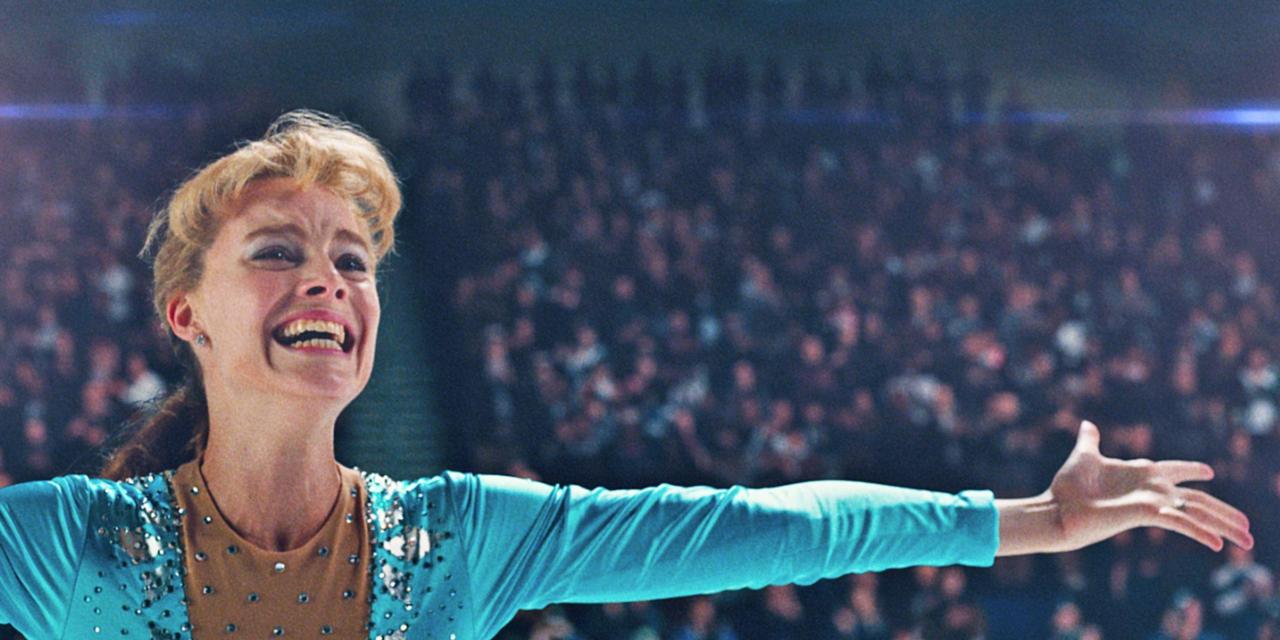Last weekend saw the passing of the influential filmmaker Ulli Lommel. One of the freshest voices of the New German Cinema movement of the sixties and seventies, Lommel collaborated with both Rainer Werner Fassbinder (Tenderness of the Wolves) and Andy Warhol (Blank Generation) throughout his career, but he is best known by horror fans for his 1980 proto-slasher The Boogey Man.

The Boogey Man begins with a mother banishing her children to their bedrooms so that she can make love to her boyfriend, even going so far as to tie the little boy to his bed so he can’t wander. The little girl, Lacey, helps the little boy, Willy, escape by giving him a butcher’s knife to cut through his bindings…and he promptly kills his mother’s boyfriend with it once he’s free.

Twenty years later, Lacey and Willy (The Devonsville Terror’s Suzanna Love and her real-life brother, The Dead Pool’s Nicholas Love) live on a ranch with Lacey’s husband, Jake (Ron James from Olivia), and their young son. Both are haunted by their childhood, however; Lacey is plagued by nightmares in which she is repeatedly tied up and dragged around, and Willy has not spoken a word since the killing. Jake takes Lacey to a psychiatrist/hypnotist (John Carradine from The Black Sleep and The Sentinel) who suggests a trip to her childhood home to deal with the traumatic events of her past. While at the home, Lacey sees a vision of her mother’s dead boyfriend in a mirror and smashes it. This releases a demonic force from the mirror, and everywhere the shards of glass go, the evil presence follows, killing everyone it comes across.

The Boogey Man was written by Lommel (who, of course, also directed) and lead actress Suzanna Love with help from a first – and only – time writer named David Herschel. The film was made during the soft period between the decline of the paranormal thriller of the late seventies and the infancy of the golden age of the slashers in the early eighties, so it kind of provides the best of both worlds; it’s a supernatural possession movie that behaves like a slasher. The main threat is never fully realized, as each different person who encounters the shattered pieces of mirror becomes possessed by it, but the narrative structure is pure slasher.

The visual aesthetic is pure slasher, too. In fact, the movie’s photography stylistically – and stylishly – rips off Halloween. Cinematographers David Sperling (Street Trash, Toxic Zombies) and Jochen Breitenstein (Cocaine Cowboys) utilize the standard follow shot that is so effective in both the harsh light of day and the blackest dark of night. Of course, The Boogey Man also makes ample use of the Point of View shot which has become a slasher staple, giving the audience a killer’s eye view of the action. It’s slasher sensibility at the dawn of the golden age.

The kills in The Boogey Man also lean towards the slasher vibe. Despite the film’s title, there’s not really a singular “Boogey Man” in the film, but each person who is possessed meets their end in unique and creative ways, either by their own hand or through nefarious supernatural means. One girl, powerless against the demonic force, starts cutting her hair before turning the scissors on her own throat. One boy is crushed against a sill by a falling window. A couple is killed when the boy is impaled through the back of his head by a knife and his girlfriend is compelled to kiss him on the lips, impaling herself as well. There may not be a tangible antagonist behind the killings, but there’s plenty of violence and gore in The Boogey Man.

Finally, there’s the music. The score, written by Tim Krog (as a film composer, all he’s done is The Boogey Man and its sequel, Boogeyman II), is packed with cool organ swells and sci-fi synthesizer riffs. There are parts of the score that, like many other things about the movie, seem like they’re lifted straight out of Halloween, but hey, Halloween is a cool score, and at least The Boogey Man ripped it off before all those other later eighties movies did it. As a film score, Krog’s music is as haunting and dramatic as it gets.

In the 2000s, Ulli Lommel would go on to carve yet another niche for himself in the cinematic world of horror by making straight-to-video “Inspired by” sleazy true crime serial killer movies like Nightstalker, B.T.K. Killer, and Green River Killer. During his long and prolific career, Lommel raised exploitation film to an art form, and he did it all on his own terms. Rest in peace.

